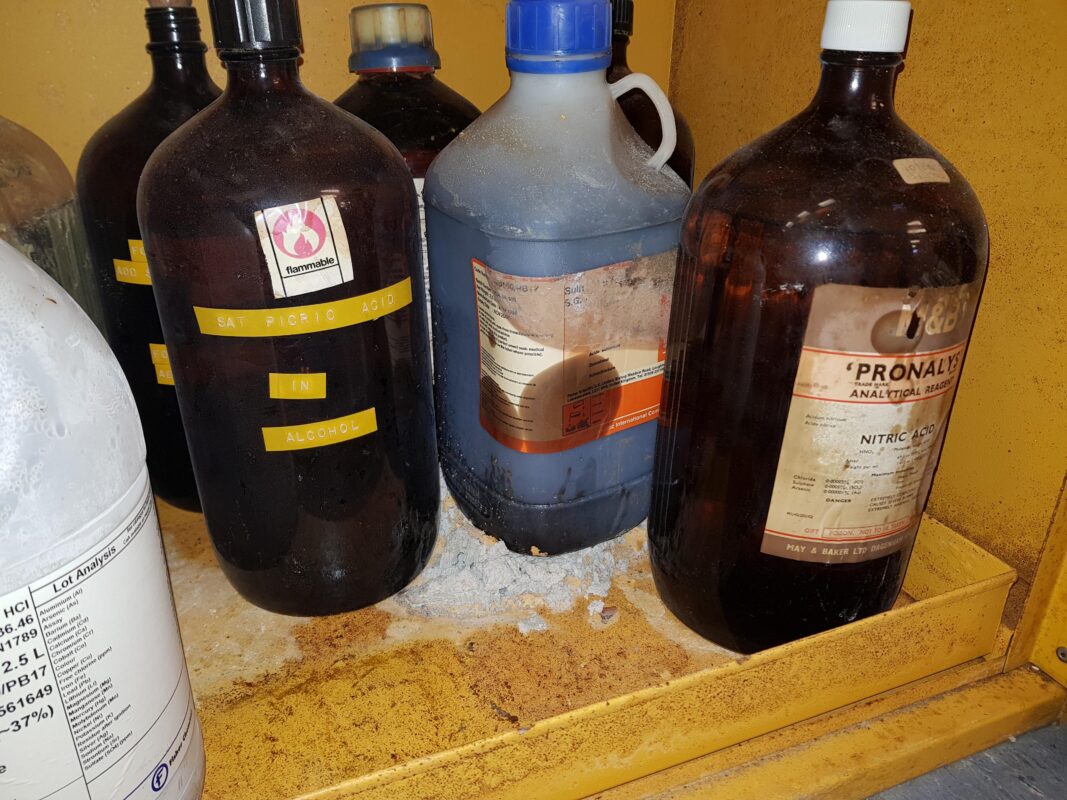Blog
UN1830 Sulfuric Acid SDS: Essential Safety Data Sheet
When handling hazardous materials, understanding safety data sheets (SDS) is crucial. For those working with sulfuric acid, UN1830 sulfuric acid SDS provides vital information about its properties, risks, and safe handling procedures. This article will explore the significance of the UN1830 sulfuric acid SDS, key information it contains, and best practices for handling this chemical safely.
What is UN1830 Sulfuric Acid?
UN1830 sulfuric acid is a highly corrosive substance widely used in various industries, including manufacturing, batteries, and chemical processing. It’s essential to understand its physical and chemical properties to ensure safe handling and storage.
Physical and Chemical Properties
Sulfuric acid is a colorless, oily liquid with a strong acidic odor. It has a boiling point of approximately 337 °C (639 °F) and a density of about 1.84 g/cm³. This substance is hygroscopic, meaning it can absorb moisture from the air, which can lead to dangerous reactions if not handled properly.
Hazards of Sulfuric Acid
Handling UN1830 sulfuric acid presents various hazards:
- Corrosive Nature: It can cause severe burns upon contact with skin or eyes.
- Reactivity: Sulfuric acid can react violently with water and organic materials, producing heat and gas.
- Toxic Fumes: It can release harmful fumes when heated or mixed with incompatible substances.
Understanding these hazards is crucial for ensuring workplace safety.
Importance of Safety Data Sheets (SDS)
UN1830 sulfuric acid SDS provides detailed information about the chemical, including its potential hazards, handling procedures, and emergency response measures. It serves as a critical resource for anyone working with or around sulfuric acid.

Key Sections of the SDS
- Identification: This section includes the product name, synonyms, and manufacturer contact information.
- Hazard Identification: It outlines the potential hazards associated with sulfuric acid, including its classification and warning symbols.
- Composition/Information on Ingredients: This section lists the chemical components of sulfuric acid and their concentrations.
- First-Aid Measures: Emergency response steps for exposure to sulfuric acid are detailed here, including first aid for skin contact, inhalation, and ingestion.
- Fire-Fighting Measures: Guidelines for extinguishing fires involving sulfuric acid, including suitable extinguishing agents.
- Accidental Release Measures: Instructions for safely containing and cleaning up spills.
Understanding each section of the UN1830 sulfuric acid SDS ensures that workers know how to respond appropriately in case of an emergency.
Safe Handling Practices
Personal Protective Equipment (PPE)
Using the correct personal protective equipment is vital when handling UN1830 sulfuric acid. Recommended PPE includes:
- Safety Goggles: To protect the eyes from splashes.
- Gloves: Chemical-resistant gloves are essential for skin protection.
- Lab Coat or Apron: To shield clothing from spills.
- Face Shield: For added protection when handling large quantities.
Storage Guidelines
Sulfuric acid should be stored in a cool, dry, well-ventilated area, away from incompatible substances. Use corrosion-resistant containers and ensure that all storage areas are clearly labeled.
Emergency Response for Sulfuric Acid Incidents
First Aid Measures
In case of exposure to UN1830 sulfuric acid, immediate action is necessary:
- Skin Contact: Rinse the affected area with plenty of water for at least 15 minutes. Remove contaminated clothing and seek medical attention.
- Eye Contact: Flush the eyes with water for at least 15 minutes and seek medical assistance immediately.
- Inhalation: Move the affected person to fresh air and seek medical help if symptoms persist.
Spill Cleanup Procedures
If a spill occurs, follow these steps:
- Evacuate: Ensure all personnel are evacuated from the area.
- Contain: Use appropriate materials to contain the spill, such as absorbent pads.
- Notify: Inform the safety officer and emergency services if necessary.
Proper training and understanding of the UN1830 sulfuric acid SDS are vital for a safe workplace environment.
Regulatory Compliance
Working with UN1830 sulfuric acid is subject to various regulations and guidelines, including OSHA and EPA standards. Compliance with these regulations ensures a safe working environment and helps prevent accidents.
OSHA Standards
The Occupational Safety and Health Administration (OSHA) sets forth specific guidelines for handling hazardous materials. Employers must ensure that employees are trained in recognizing hazards and responding appropriately.
EPA Regulations
The Environmental Protection Agency (EPA) regulates the disposal of hazardous waste, including sulfuric acid.
Conclusion
In conclusion, understanding the UN1830 sulfuric acid SDS is crucial for anyone working with this hazardous chemical. By familiarizing yourself with the information in the SDS, implementing safe handling practices, and ensuring regulatory compliance, you can maintain a safe workplace environment.
